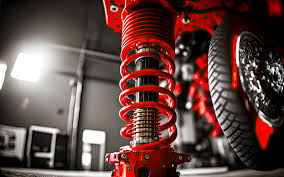
Driving Innovation Exploring Trends in the Automotive Active Suspension System Market
Suspension systems in automobiles are evolving quickly, with active suspension systems emerging as a critical technology. These systems actively modify the suspension settings to provide a smoother ride and better handling through the use of sophisticated sensors and actuators. Because consumers are demanding more comfort, safety, and enhanced vehicle performance, the automotive active suspension system market is expanding quickly. Real-time suspension adjustments are made possible by this technology, which improves handling and smooths out the ride, particularly on uneven surfaces and in tight turns. Improvements in sensor technology, which enable more accurate and rapid suspension control, are another factor propelling the industry. Furthermore, the market is anticipated to grow even more due to the growing popularity of electric and driverless cars, which can considerably benefit from active suspension systems that improve ride comfort and stability. A number of trends are influencing the market for automobile active suspension systems, spurring innovation and improving driving experiences as the desire for comfort and performance rises.
Adoption of Electromagnetic Dampers
Integration of AI and Machine Learning
Focus on Energy Efficiency
Expansion of Adaptive Suspension Systems
Incorporation of Predictive Maintenance Features
Shift towards Semi-Active Suspension Systems
1.Adoption of Electromagnetic Dampers
The growing use of electromagnetic dampers is one of the significant developments in the automobile active suspension system market. These dampers provide more accurate and responsive suspension adjustments by regulating the damping force using electromagnets. The need for more stable and comfortable rides, particularly in luxury and high-performance cars, is what's driving this trend.
2.Integration of AI and Machine Learning
Active suspension systems are being made more effective and efficient by integrating AI and machine learning technologies. These technologies enable real-time suspension setting optimization by analyzing a variety of variables, including driving style, road conditions, and vehicle dynamics. More intelligent and adaptive suspension systems that can offer a personalized driving experience are being developed as a result of this development.
3.Focus on Energy Efficiency
Automotive active suspension system development places a high priority on energy efficiency. The goal of the manufacturers is to keep these systems operating at the same level of efficiency while consuming less electricity. More environmentally friendly and sustainable suspension solutions are being produced as a result of this trend, which is pushing the adoption of energy-efficient parts and optimization algorithms.
4.Expansion of Adaptive Suspension Systems
In the car industry, adaptive suspension systems—which can adapt to various road surfaces and driving conditions—are becoming more and more common. These systems provide a smoother ride without sacrificing handling by striking a compromise between comfort and performance. Advanced adaptive suspension solutions that can improve vehicle dynamics and the overall driving experience are being developed as a result of this trend.
5.Incorporation of Predictive Maintenance Features
Predictive maintenance elements are being added to vehicle active suspension systems to increase dependability and lower maintenance costs. These features keep an eye on the condition of suspension parts and anticipate possible breakdowns before they happen by using sensor data and AI algorithms. Active suspension systems are becoming more robust and long-lasting as a result of this trend, guaranteeing a more dependable driving experience.
6.Shift towards Semi-Active Suspension Systems
In the automotive market, semi-active suspension systems are becoming more and more popular as they provide a middle ground between passive and active systems. These systems can modify damping rates in response to road conditions, resulting in a more comfortable ride without sacrificing handling qualities. This trend is propelling the creation of suspension solutions that are more adaptable and reasonably priced, suitable for a greater variety of automobiles.


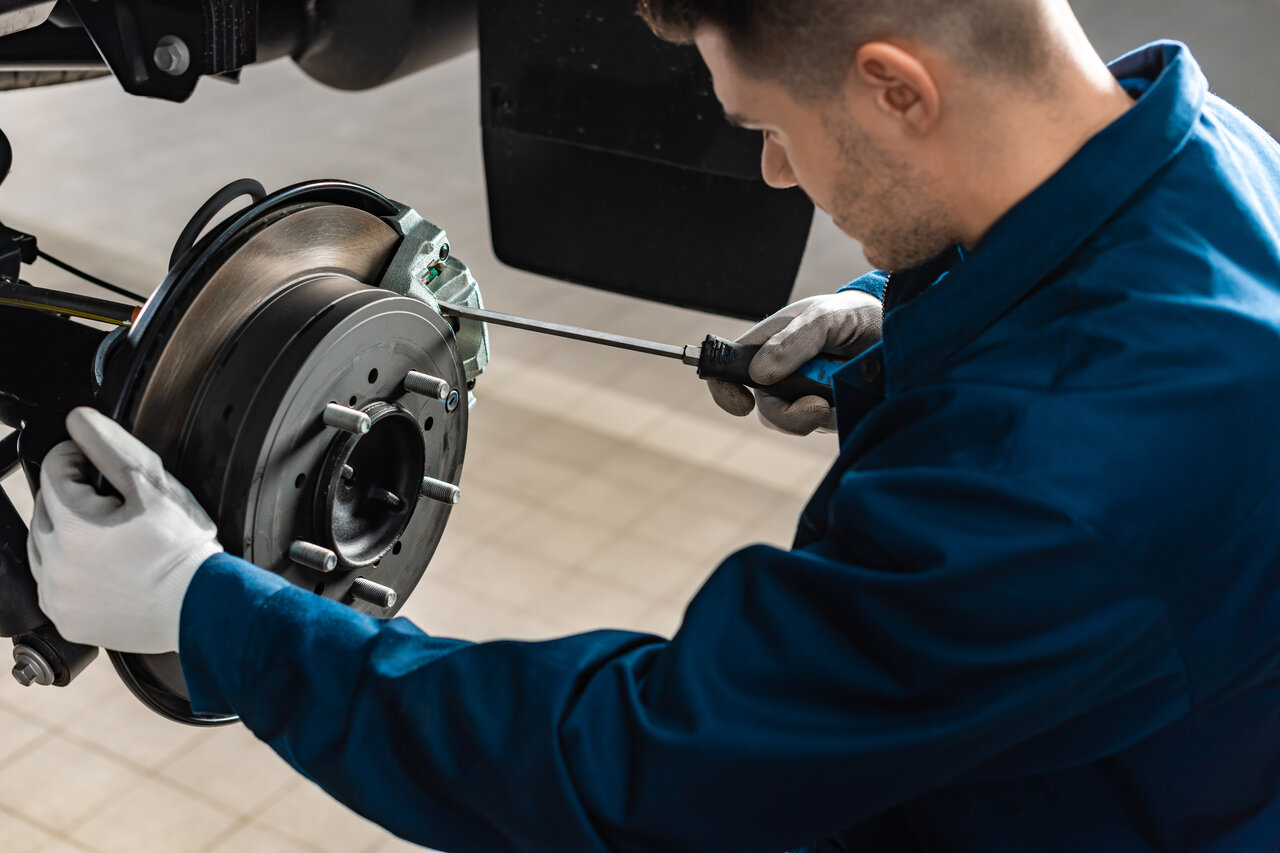
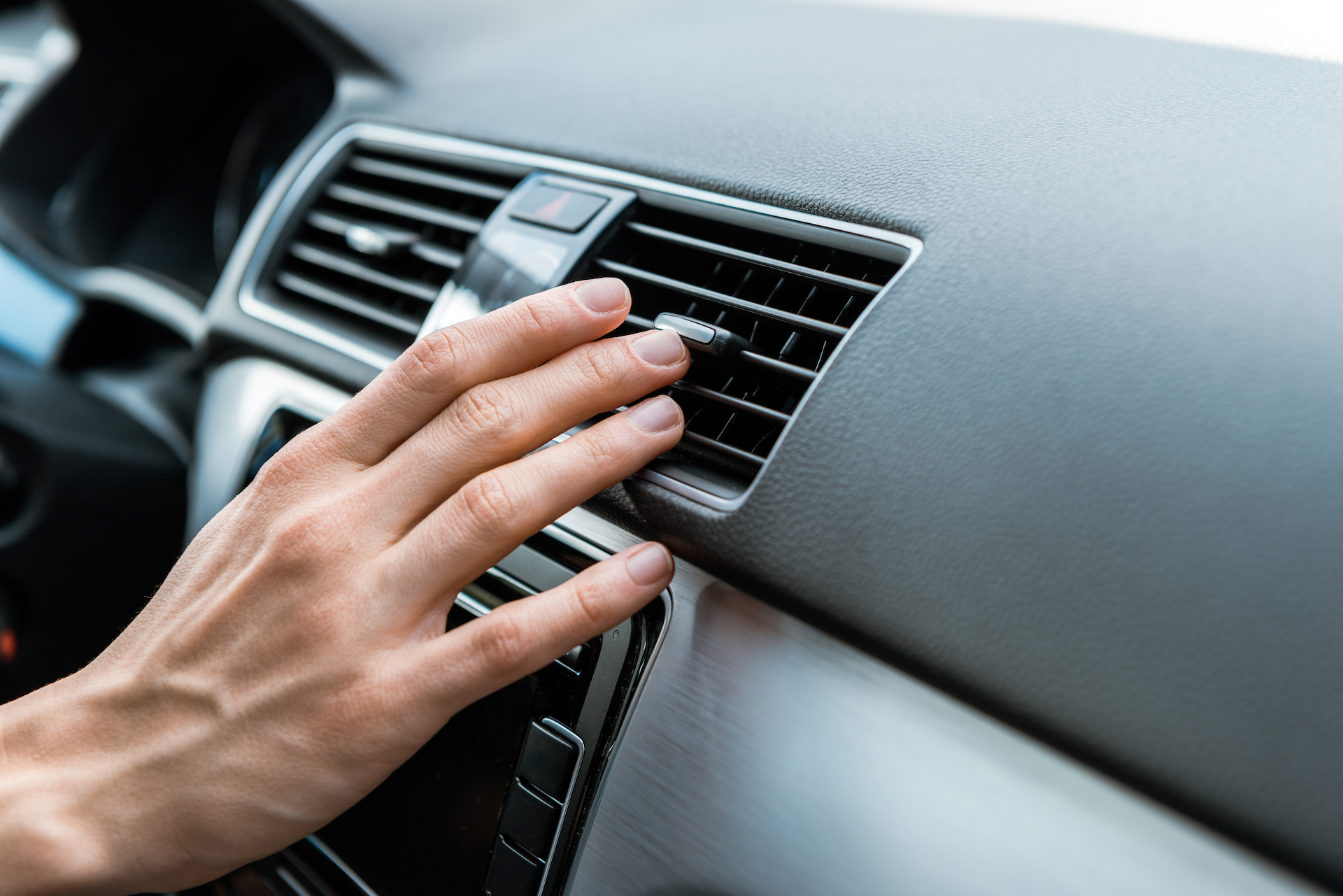
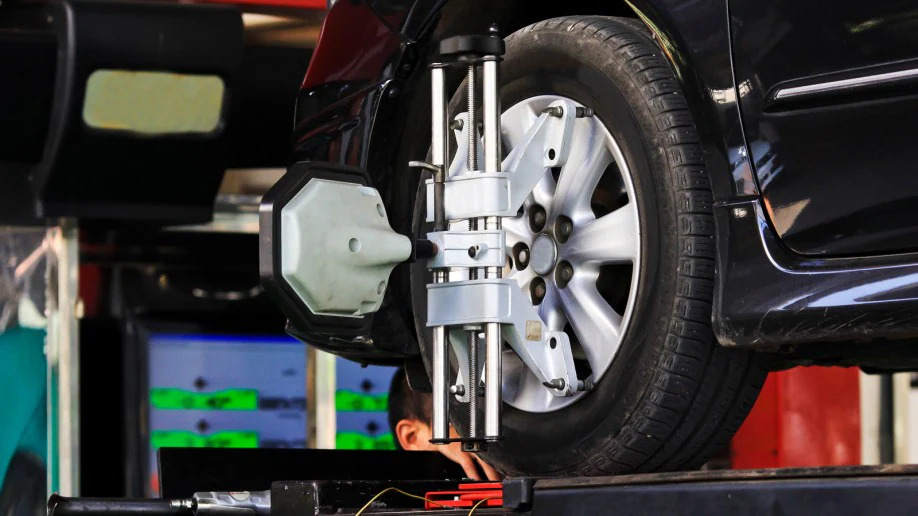
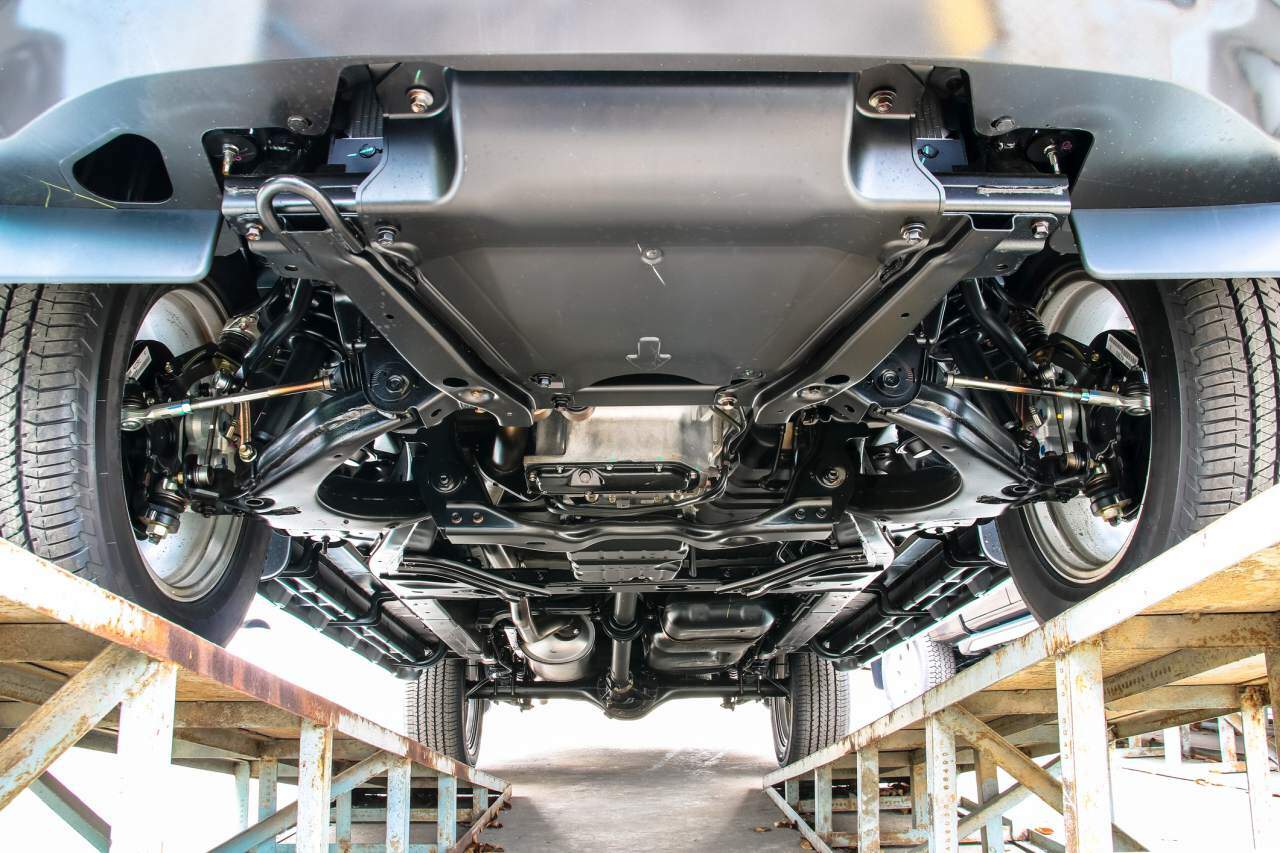
comments 0